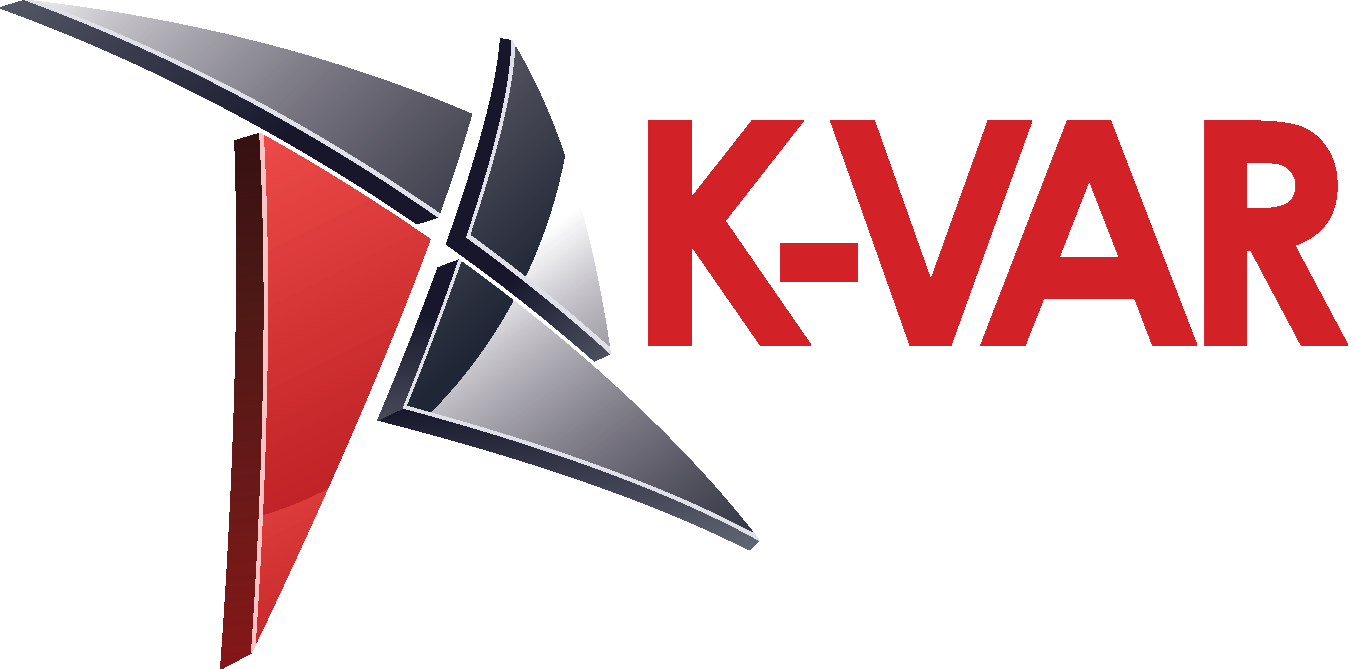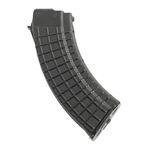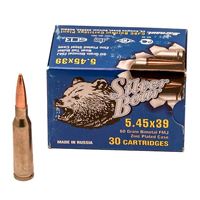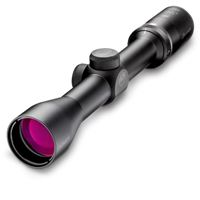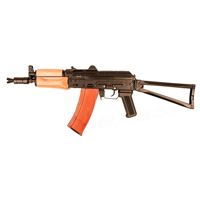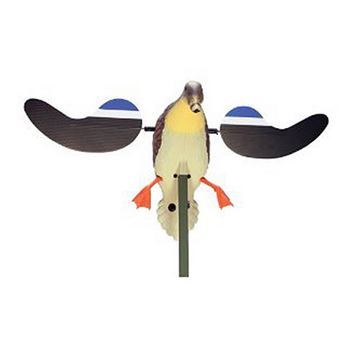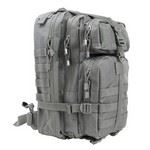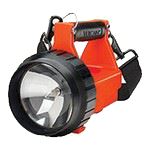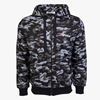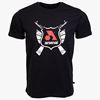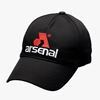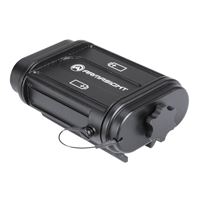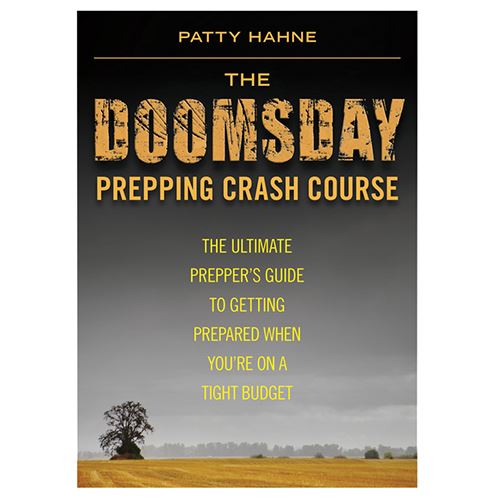There are many opinions as to what is a good or even the best survival rifle. What stands out is that, in one form or another, everyone is going to have a rifle. However, the conversation goes quiet at that point and fails to cover or consider a rifle scope. There seems to be little to no conversation as to what might be considered a good optic for the rifle you choose. Certainly, there should be more than a passing interest concerning this topic as one may have to depend on it.
For the sake of this discussion, I’m going to keep this to just the traditional telescopic systems with the ACOG series being the most modern. Red dot, holographic, and night vision sights will have to wait for another discussion—for the most part.
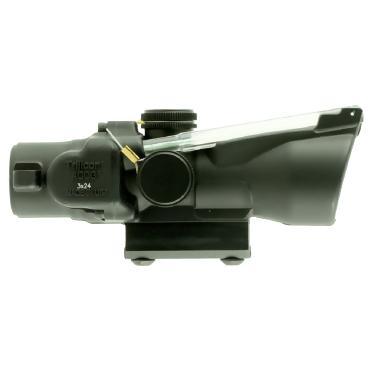
Good, Very Good, and Great Optics
The rule of thumb that has guided me over the years where optics are concerned is that excellent optics are often more than the cost of the platform you plan to put them on! Great optics will cost as much as the platform and good to very good optics will cost about half to three-quarters and in some cases, much less!
To give us a few ways of evaluating this discussion and setting some guidelines, what follows is a few loose and very general conditions.
If you are shooting long distance, that being a relative term for most, in this discussion let’s say 1,000 yards or farther, there are only a handful of optics designed to perform to these expectations. Schmidt/Bender, Sheppard, and NightForce are among a few other high-end manufacturers that come to mind. You may expect the cost of such optics to be above the $1,000 mark and often $2,000 and higher.
These companies also make optics in the good, very good, and great spectrum, and at correspondingly reduced cost while maintaining the high standards and reputations they are known for. In the past several decades, starting in the 1980s, we have also seen many companies who have upped their game producing high grade, excellent optics at lower, more affordable costs. The company that comes to mind here is Tasco who now has a very nice line of inexpensive tactical and hunting optics that have received good comments from those who use them.
However, it is in the mid-range of optics at an inexpensive cost that most sportsmen find ourselves. You just spent $700 to $1,500, say, on that new elk rifle but it still needs optics to match its performance. What you would like to get and what you can afford to get, is often not the same. You should always try and consider the platform and the optics as one to avoid this dilemma. That rifle you always wanted deserves the best optics you can mate to it to perform at its best for you!
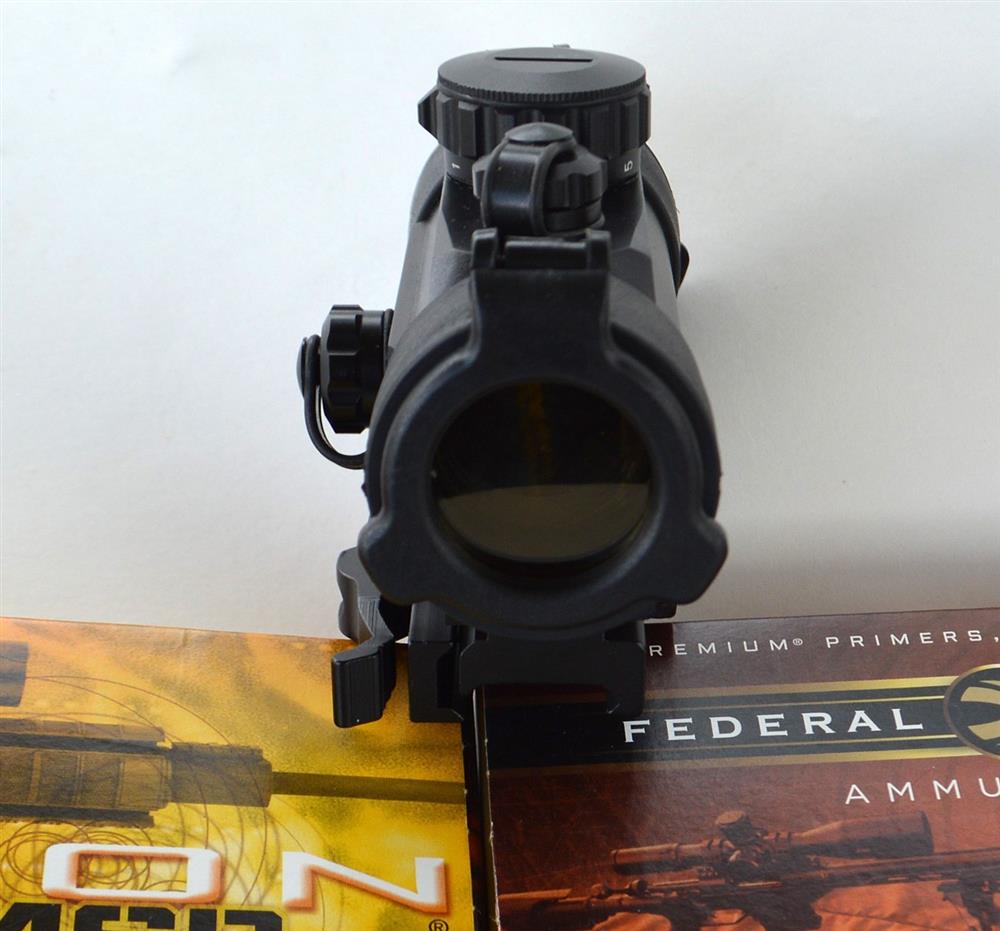
Many hunters will seldom take a shot beyond 150 yards, more even less than that. That’s the simple facts. It’s not that they can’t, it’s just that the vast majority of game is harvested within the 150-yard envelope. Frankly, one simply doesn’t need a $2,000 scope for this endeavor or range. For that matter, one doesn’t need a $1,000 scope for it either! I’ll be flexible here and suggest that its likely 97% of hunters shoot no more than 20 rounds a year through their big game rifle and carry it in the field little more than 10 days maximum each year. For this kind of use, you only need a good but simple and tough scope to mount without breaking the bank. Yes, you can spend up to say $1,500 or more on hunting optics. Several of the high-end manufacturers have sporting lines that incorporate their experience acquired from their tactical and long-distance optics into a sporting line. If you’re so inclined and have the cash, by all means, do so! You can’t go wrong and you won’t be sorry.
If you are a member of the group that must pay closer attention to your cash resources, then you need to also do a bit of extra research to acquire the best optics you can afford, that suit your needs, and the environment you hunt in.
Fear not, sports brothers and sisters! There are a number of scopes in the $200 to $700 range made by reputable manufacturers that have very good to excellent glass, clarity, light gathering ability, reticle selection, and weatherproofing that will serve you well and provide years of use for your annual hunts.
Trusted by hunters and shooters worldwide, the Leupold VX-2 delivers performance and features that serious hunters demand. Including tactile power indicators, finger-adjustable click windage and elevation dials, and brightness, clarity and contrast needed to hunt even in low-light conditions.
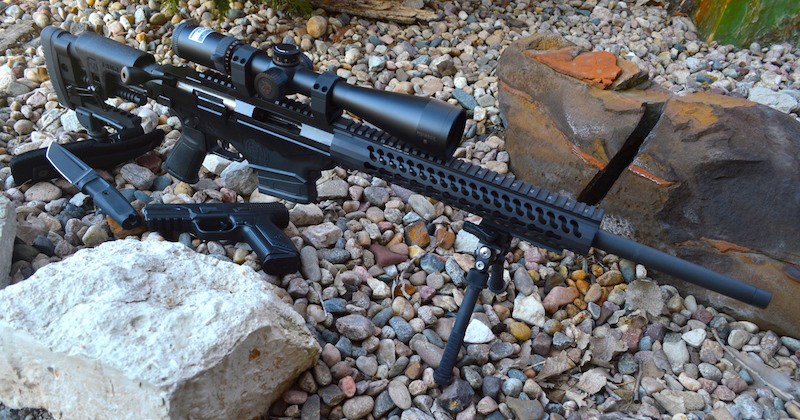
Some Considerations
There are several considerations to take into account when topping a weapon with a set of distance optics. For this discussion, I’ll use the basics which is what most gals and guys will be concerned about. Here are eight basic, important points in no order of importance to know and understand when looking for rifle optics that you will be comfortable using.
- The platform and caliber where mounting the optic. This is a recoil and transmitted energy consideration. You do not put a .22 LR scope on a .300WM and expect it to remain zeroed and accurate for very long.
- What is the intended use for this weapon? Hunting (within 150 yards), tactical (within 800 yards), long range (500 yards plus), a combination? Define your use, needs, and requirements!
- Reticle type and configuration—the KISS principle comes into play here. There is little or no use or need for a MilDot system on a hunting rifle. A standard crosshair or a multi-plex reticle is the simplest and least intimidating for the general sportsman. Designed for longer ranges, the MilDot requires a fair amount of training, math in your head skills, knowledge of ballistics, wind effect, and a half dozen other sub-skill sets to use it to its best advantage. Most sports shooters simply do not need it.
- Power (magnification)—this is a personal preference. Some like a fixed-power scope in the 3 to 5 power range for most hunting. A common configuration found today in many optics lines is 3-9 power variable power scope. Be sure that the zero of the reticle remains the same throughout the various power settings on such optics if this is what you choose to use.
- Size of objective lens—this is the front aperture of the scope and determines primarily how much light the scope may gather in question and the field of view you will see when looking in the other end. This defines in what low light conditions the scope may be effective; think hunting at dawn and dusk and how much area to each side of the target you may see when sighting through the scope.
- Cost—this may or may not be an issue for you. However, it’s a useful tool to make a high/low cost you are willing to spend to pare down the number of possible choices.
- Weather resistance—most optics manufactured today are for use in harsh weather, some better than others. Look for waterproof, fogproof, nitrogen filled, pressurized and sealed for the best performance. Weather-resistant just doesn’t cut it if used in the field in any weather at all!
- MOA adjustment—minute of angle. Simply, most optics built today are in the .25 to .5 MOA specification. This means that say, at 100 yards with each click of the horizontal or vertical reticle adjustments that the point of aim—where the crosshair is—will move a quarter to half an inch right or left, up or down, as you adjust for the scope’s zero and ammunition you are using. It is somewhat more complicated and involved than this or it can be, but this is the basics of MOA use. .25 MOA should be your first choice.
There are other points that may come into the mix when choosing optics but these eight will get you to the point of making an appropriate choice for the firearm and what you are using it for.
Platform
Let’s look at the platform. For simplicity’s sake, I am going to use the Tikka Whitetail bolt gun in .223 caliber. This is one of my favorite varmint hunting platforms with superb accuracy and smooth operation. I shoot, what I consider to be the mid ranges of varminting, at 100 to 250 yards. This Tikka has a specific appetite for 52-grain BTHP or BTBT munitions. It likes Black Hills fodder the best but does almost as well with American Eagle remanufactured .223.

The optics I chose for this platform are the optics of choice for all but a few of my hunting rifles. I have gone through a number of choices and manufactures over the years, but have settled on the Burris 3-9×40, FullField II, MultiPlex (or Plex) reticle. I use this optic on platforms ranging from .223 up to and including .338 WinMag.
Within the reticle there are lower range cross points that allow for a zero at say 100 yards at the center cross then additional cross points out to 500 yards without having to adjust the turret on the scope. Excellent for hunting. I have found them for as little as $185 upwards to around $240.
As an Alaskan hunter, I am perhaps a bit more demanding (read persnickety here) of what I need and require for optics in this very demanding hunting environment. The Burris has suited me quite well on hunts from midwinter at -45 below Caribou hunt, snowstorms to late summer and early winter hunts in rainy, foggy, always wet Southeast Alaska.
There are others as good and some likely better that would serve as well that others may find to their liking. Among these offerings in the $200 to $700 price range, and perhaps a bit more, are Zeiss, Leopold, Millett, Nikon, Vortex, BSA, Redfield, Bushnell, Nightforce, Meopta, and Leapers, to name those I’m familiar with.

For those few with deep pockets, longer range requirements, perhaps the need to hit steel at 1,000-plus yards and hear that TING or just old tired eyes that need a bit of a boost. Nightforce, Sheppard, Trijicon, Swarovski, Vortex, and a few others will be your optics of choice.
There is also a class of optics to note here as well. That being the Caliber Specific optics that have come out in the last several years. These optics are primarily for smaller calibers such as .22 LR, .22 Mag, .17 HMR and so forth. I mounted a BSA Sweet 17 on my Savage .17HMR Model 93 Thumbhole and have had excellent success inside the 140-yard envelope on p-dogs, marmot, and coyote. The range adjustment turret is in yards and very accurate. Zero at 100 yards and you are set to go!
I have also come across C.S. optics for .223/5.56×45 and the .308/7.62×51. If you are is shooting match or using their platform in a tactical environment, some of these optics provide a technical edge that may be difficult to acquire from standard rifle optics.
A note to the wise! Have your optics mounted by a gunsmith that has the skill and equipment to do it correctly. It’s worth the few bucks in the long and short run. An improperly mounted scope can be damaged by a bad mount job or never shoot correctly or accurately.
